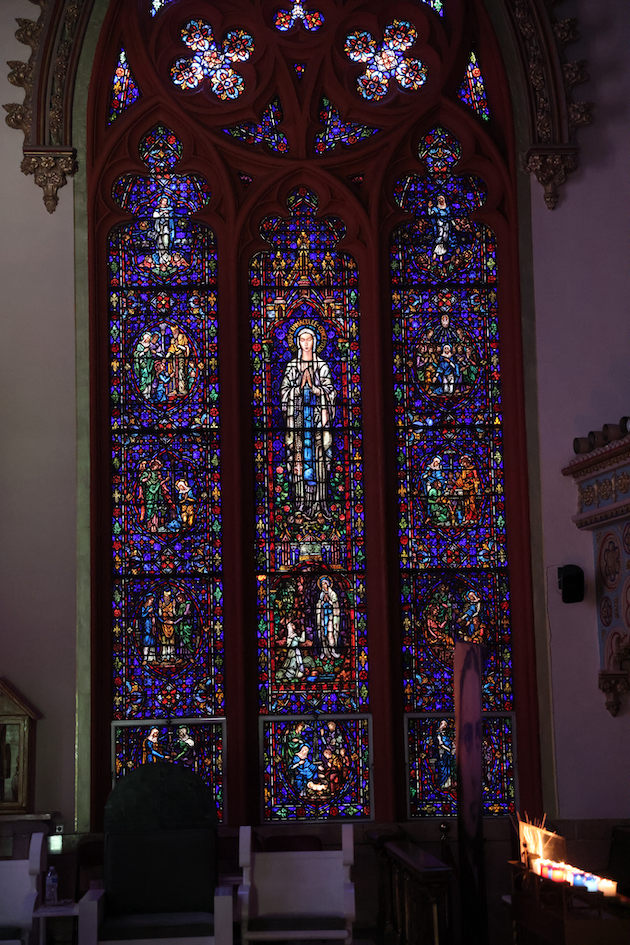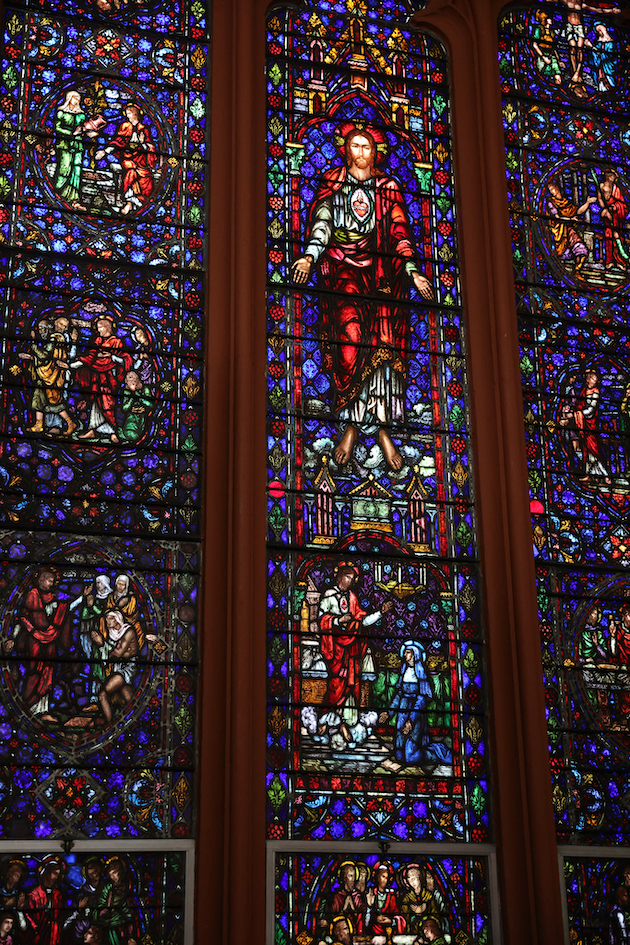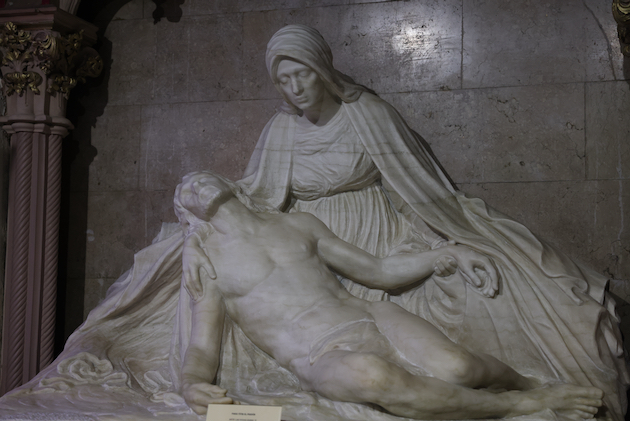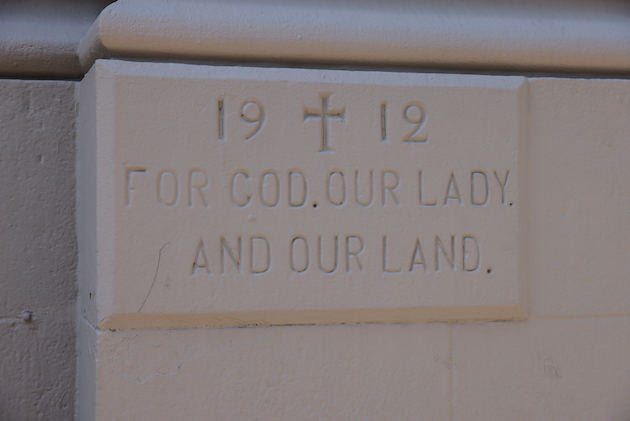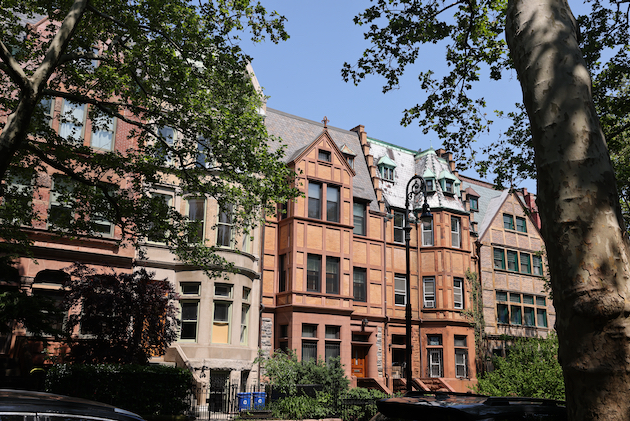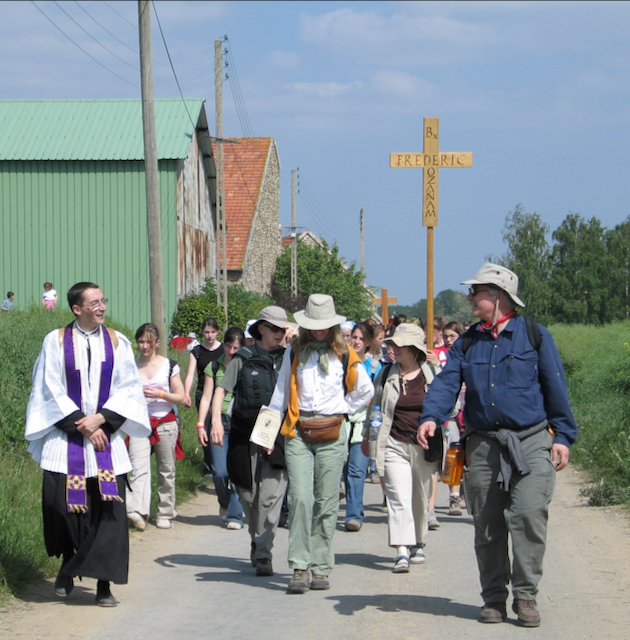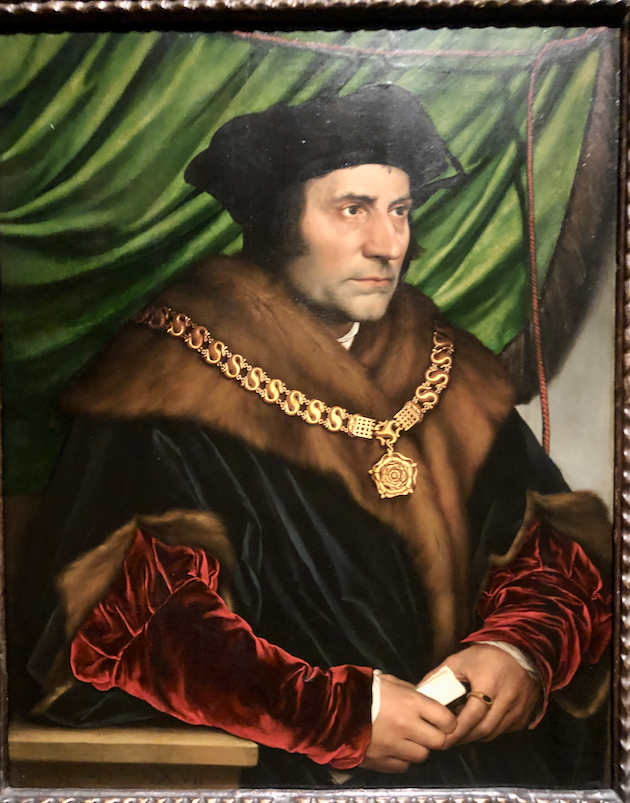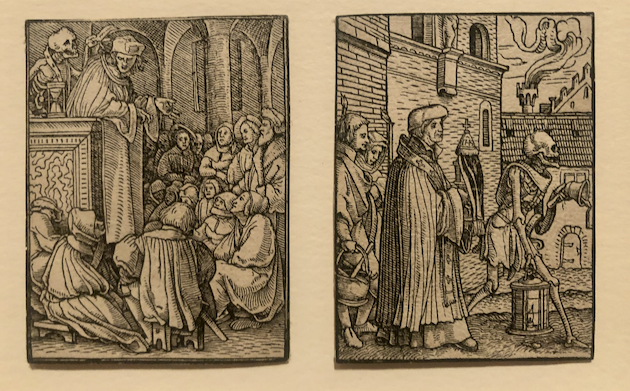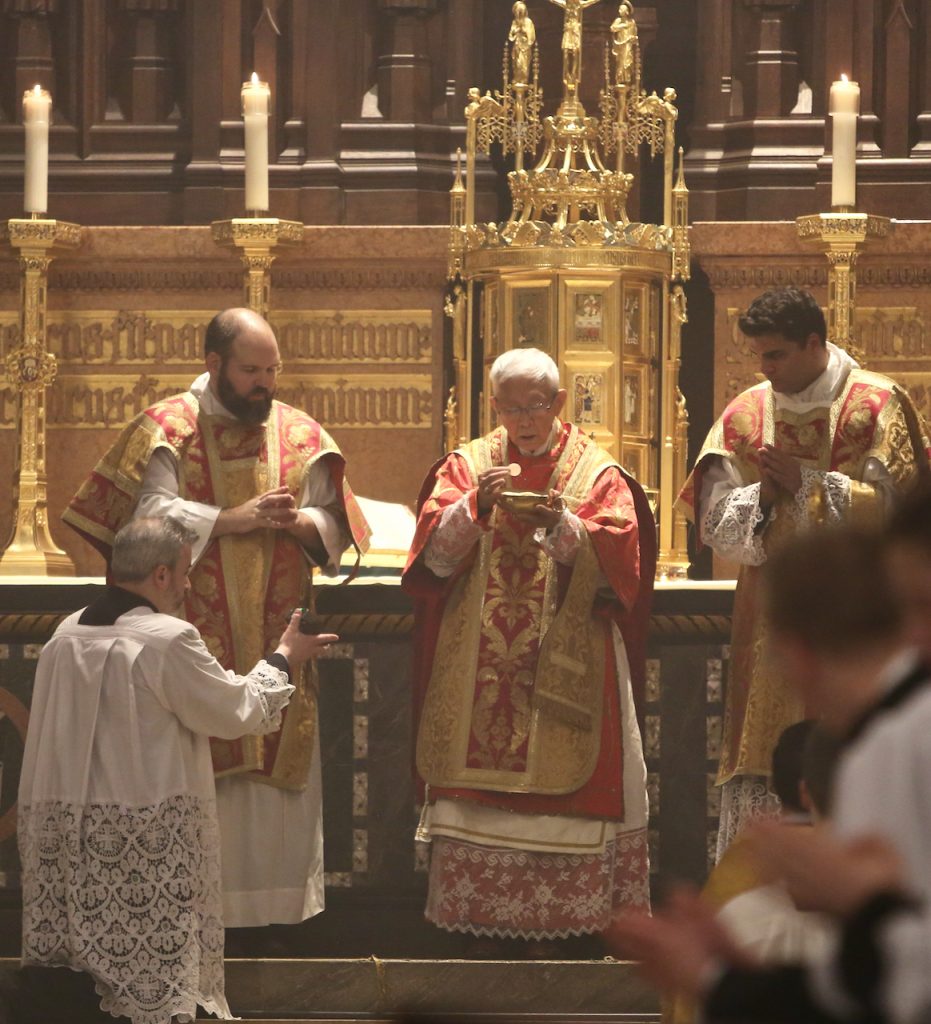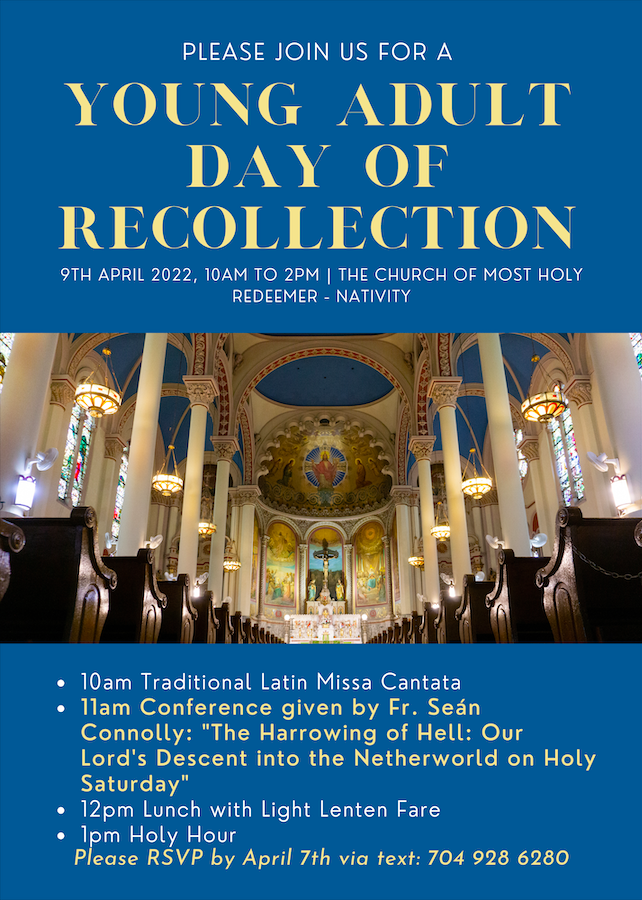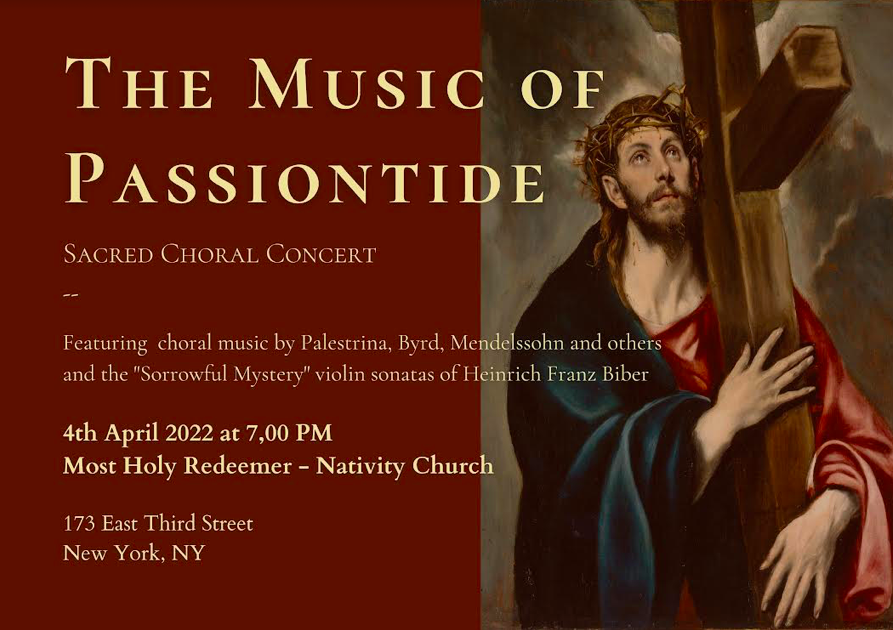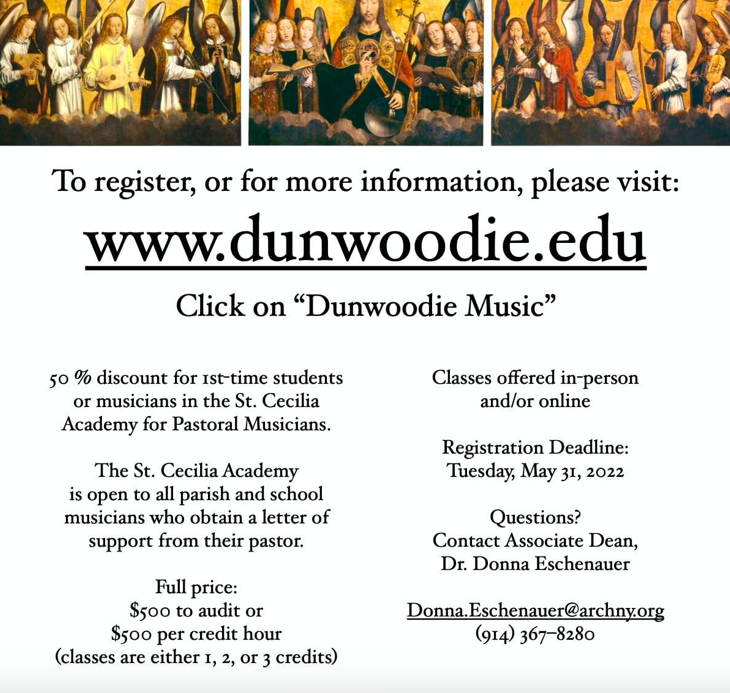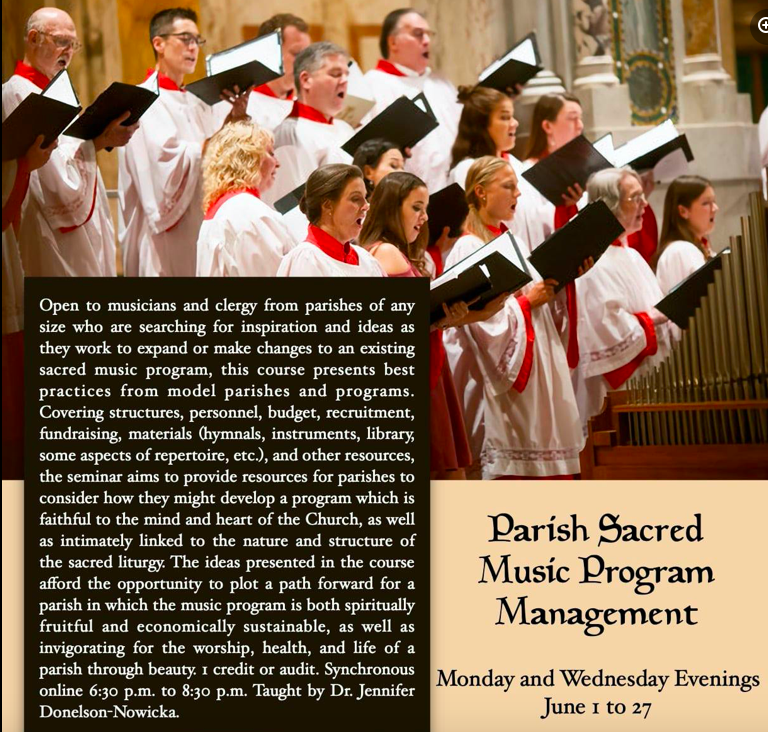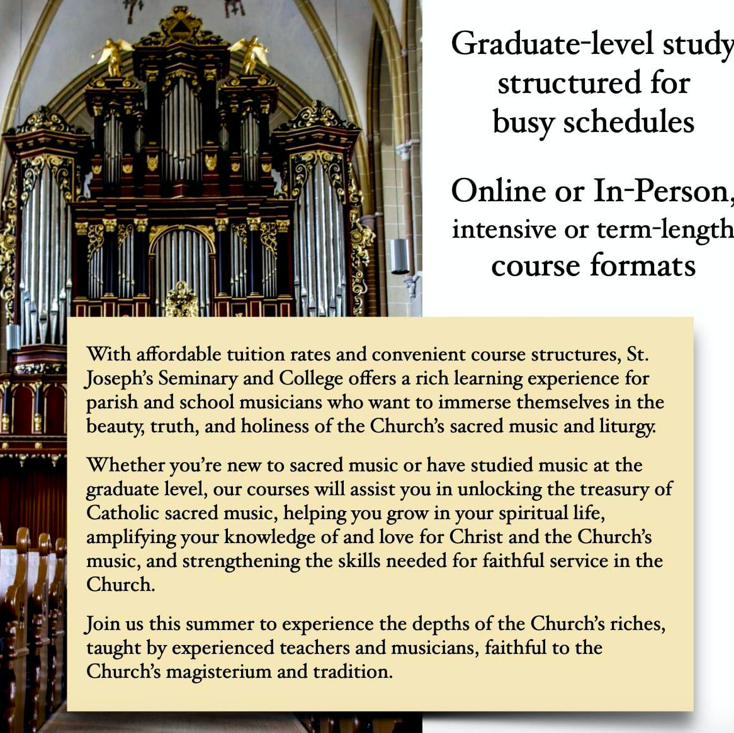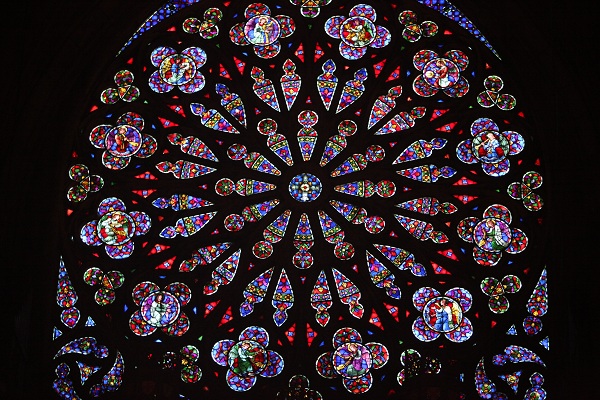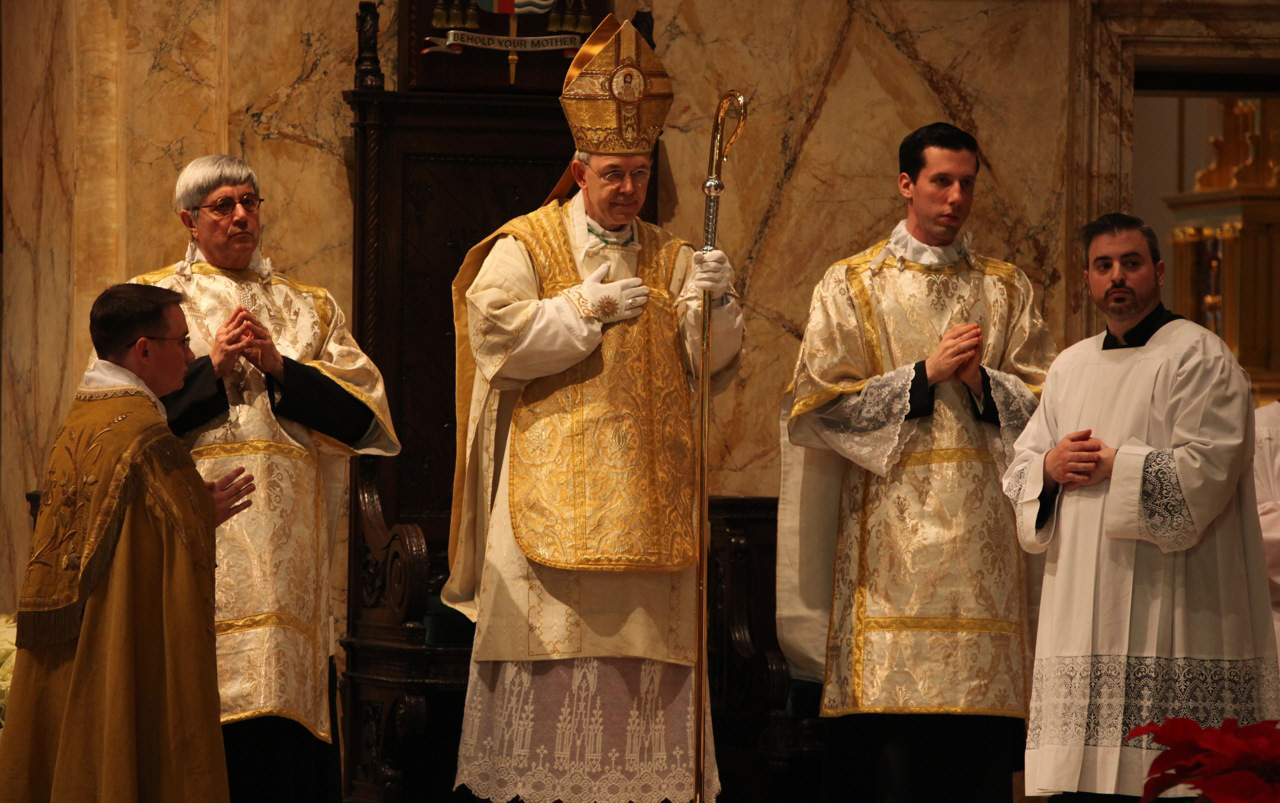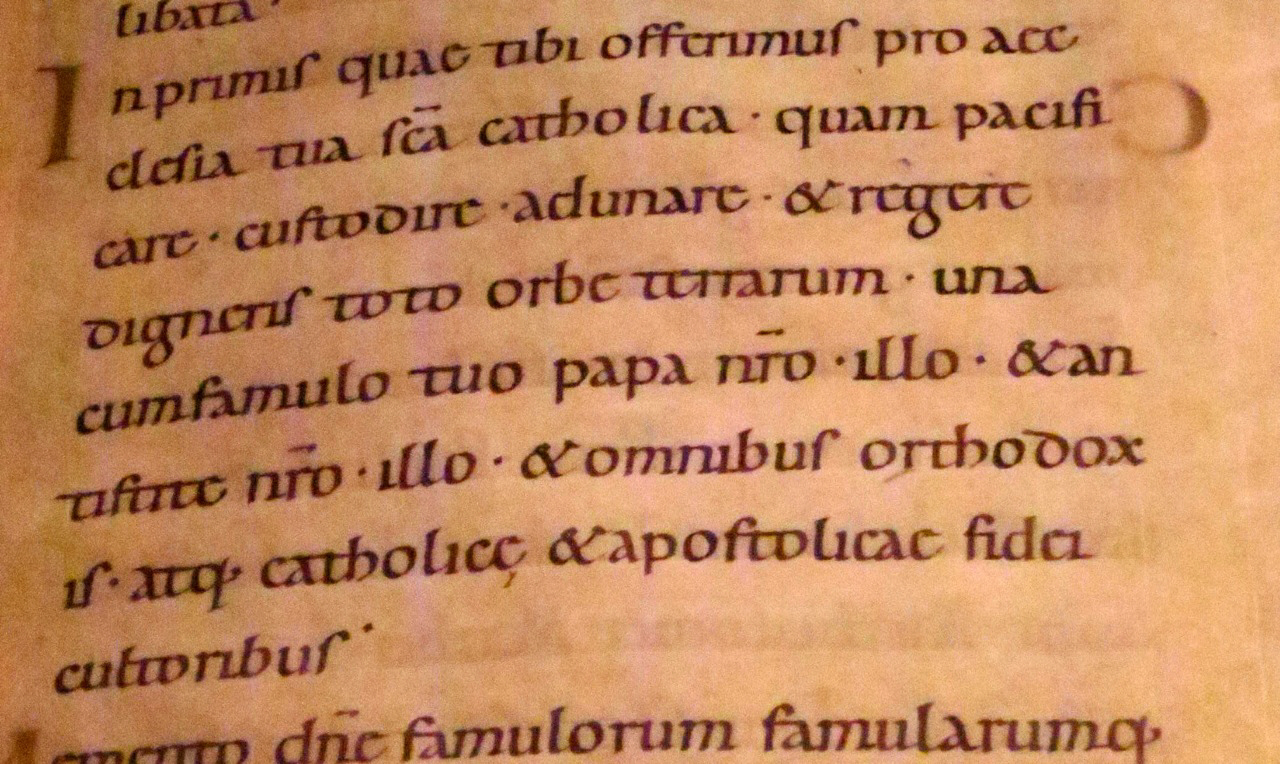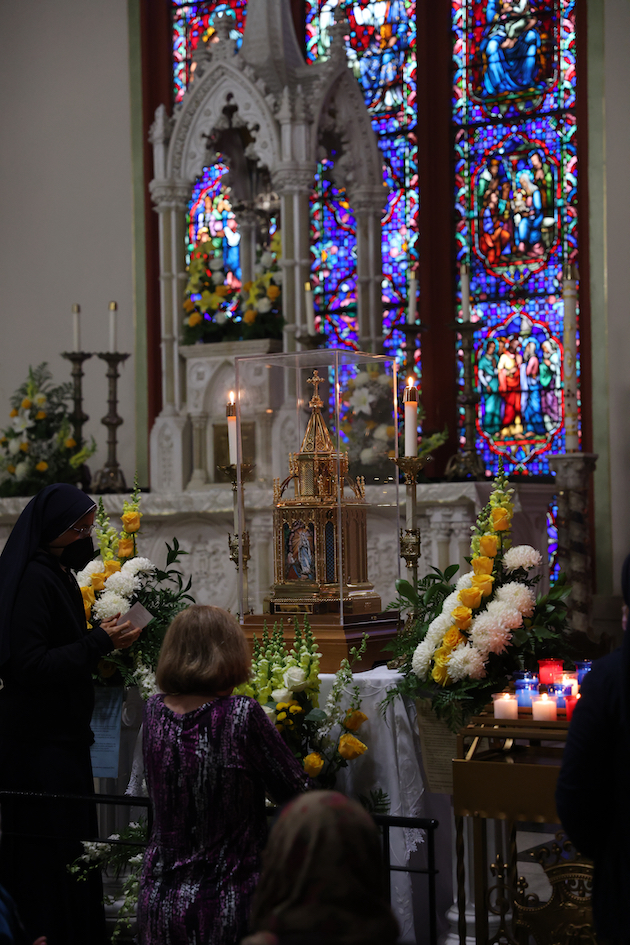
The relics of St. Bernadette Soubirous, who received miraculous visions of Our Lady in Lourdes, France in the 19th century, are on a tour of the United States. They are currently at the Church of Our Lady of Lourdes on West 142nd Street in Manhattan. They will be at the church until Tuesday, May 24, with the exception of Monday, when they will be at St. Patrick’s Cathedral. A full schedule can be found here. Information on the US tour of the relics including a schedule of all locations are on this website
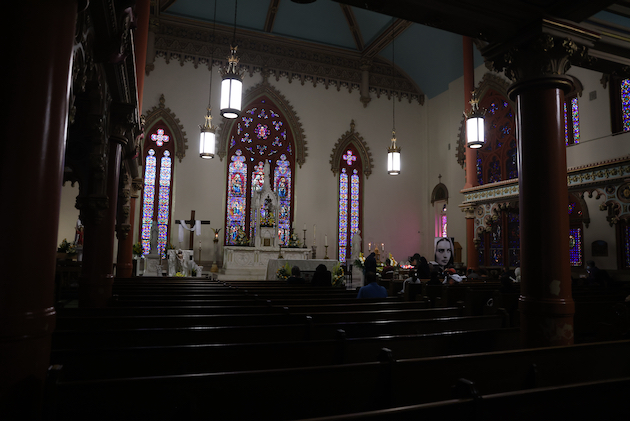
The church of Our Lady of Lourdes is one of the most curious in Manhattan. It incorporates many details from buildings that had been remodeled or demolished. We have previously written about it in The Recycled Church.




